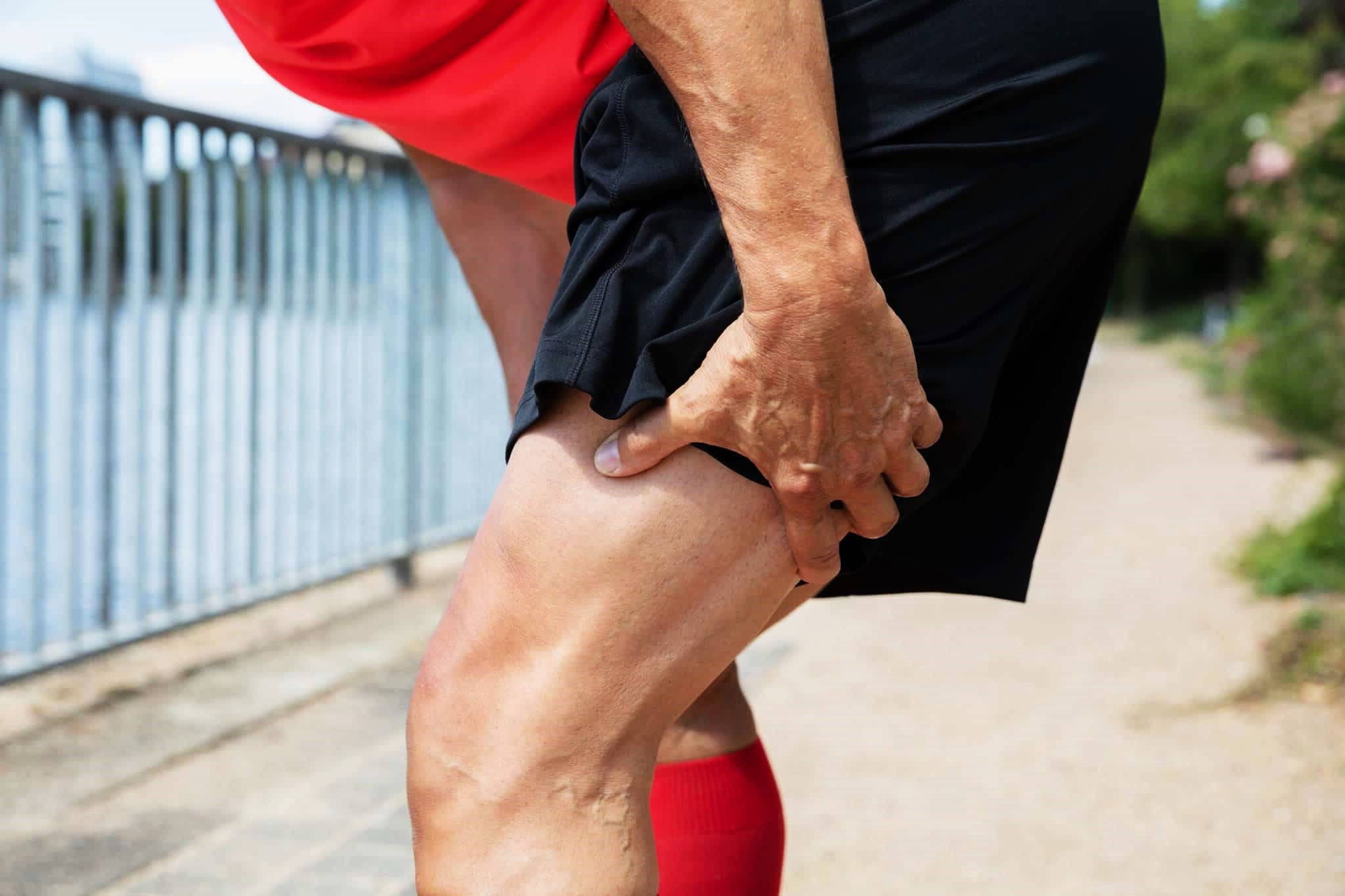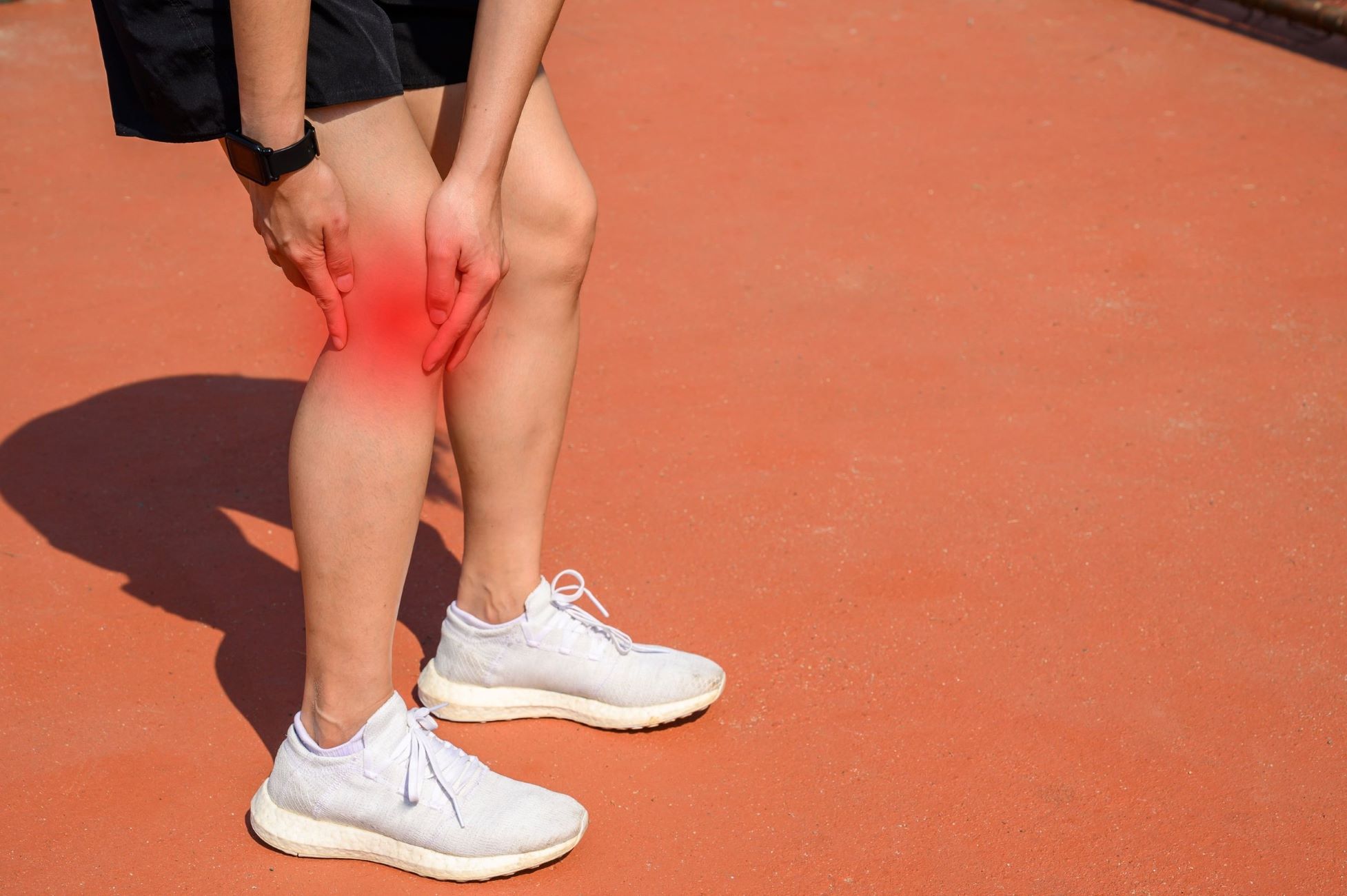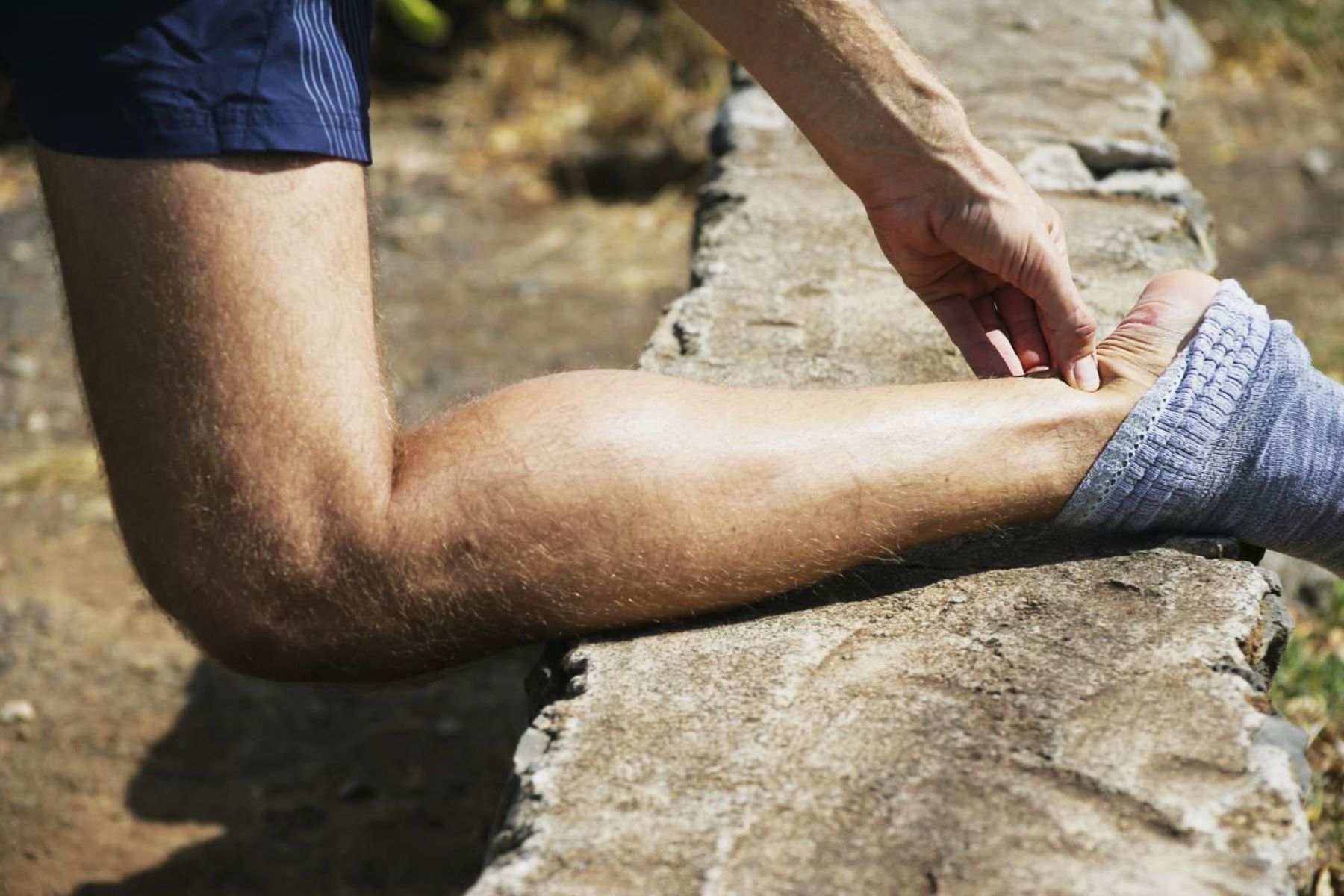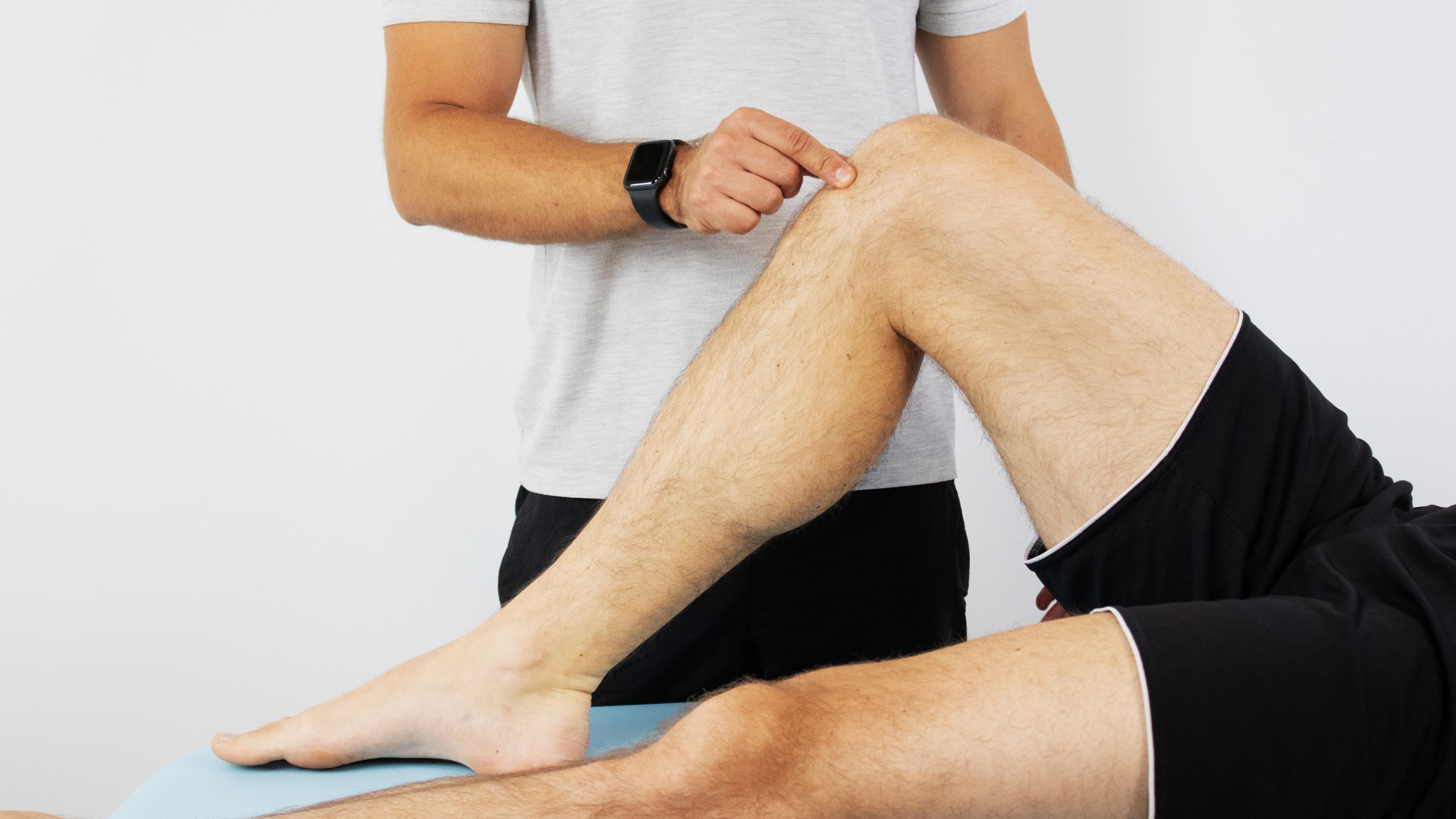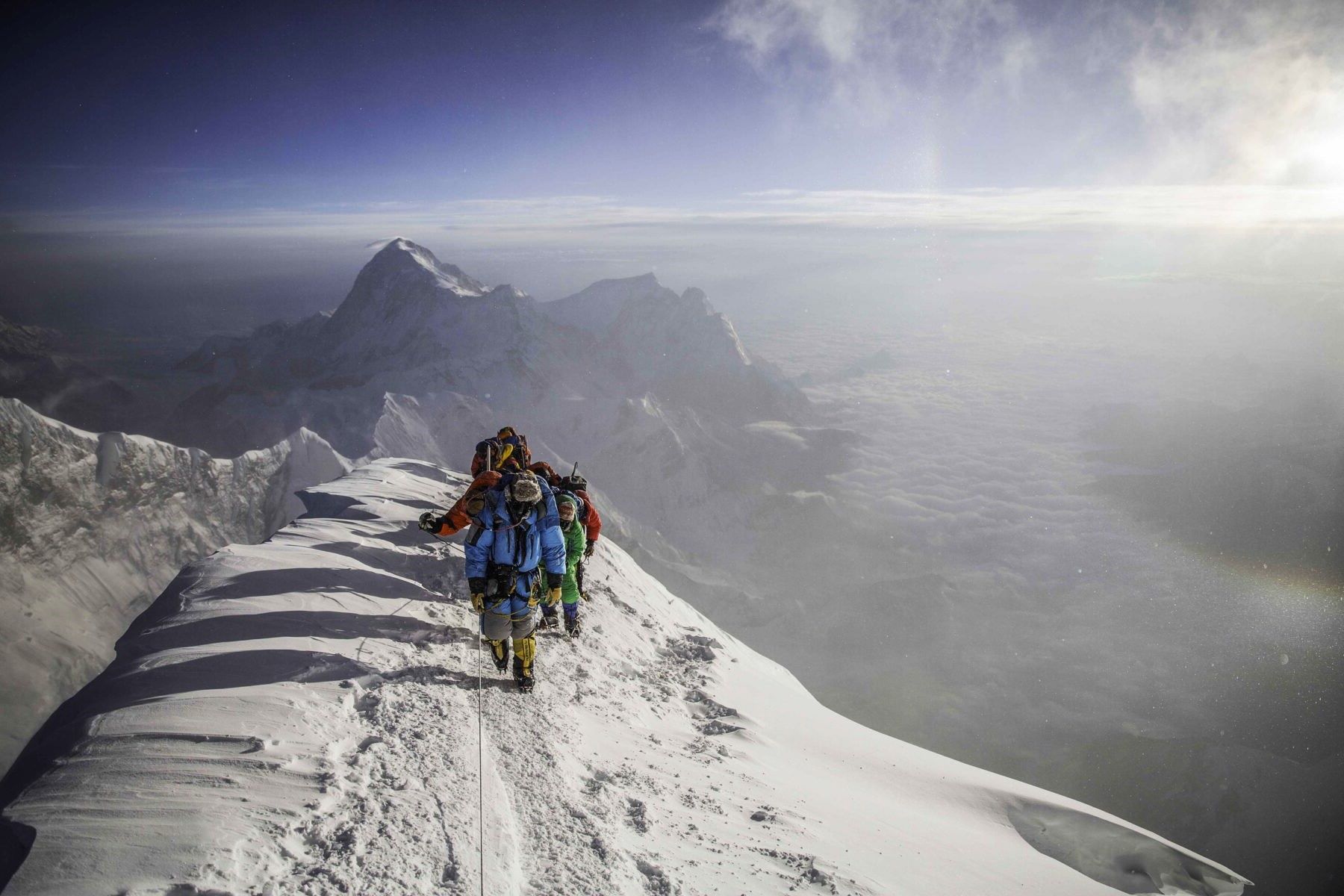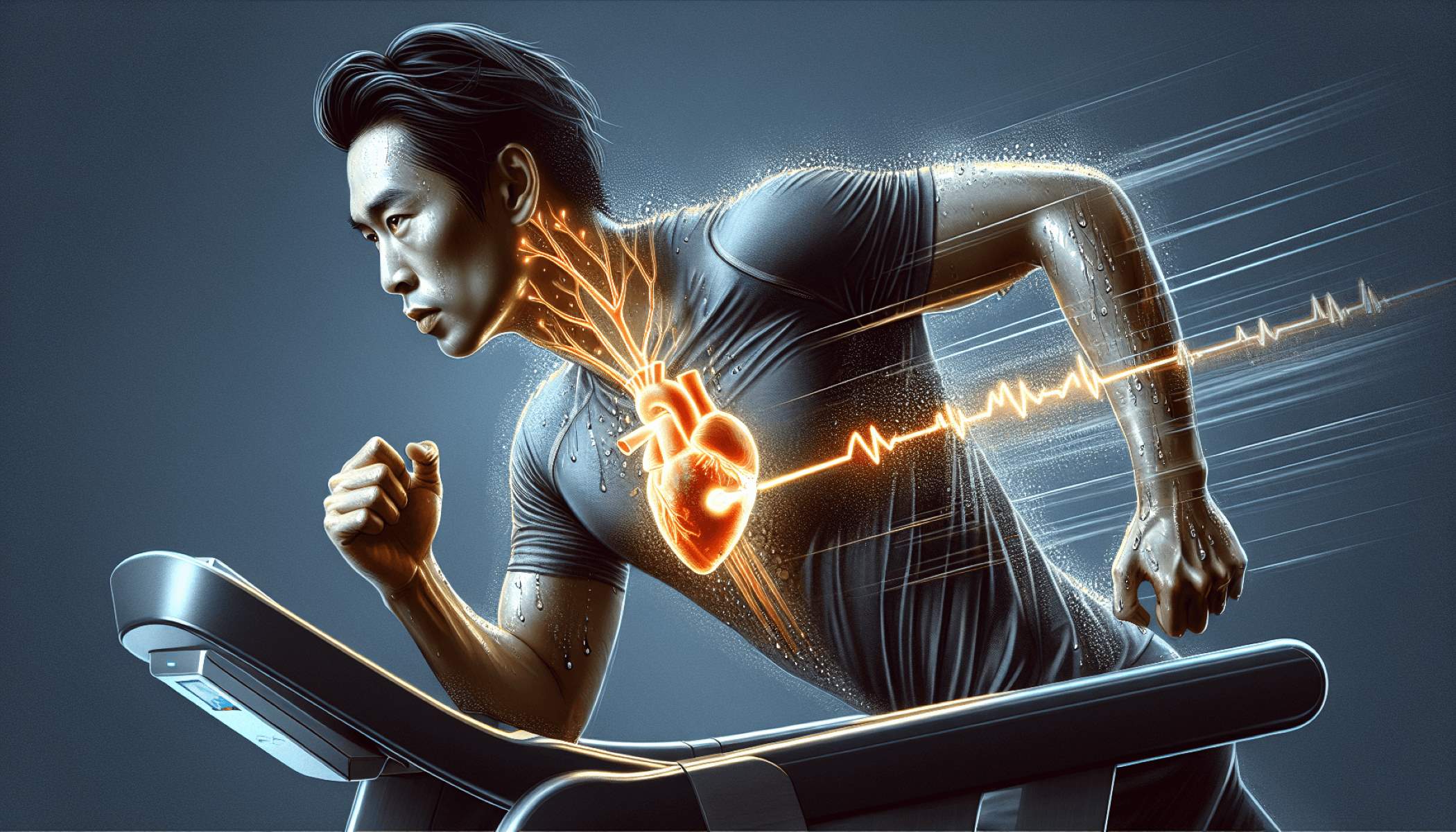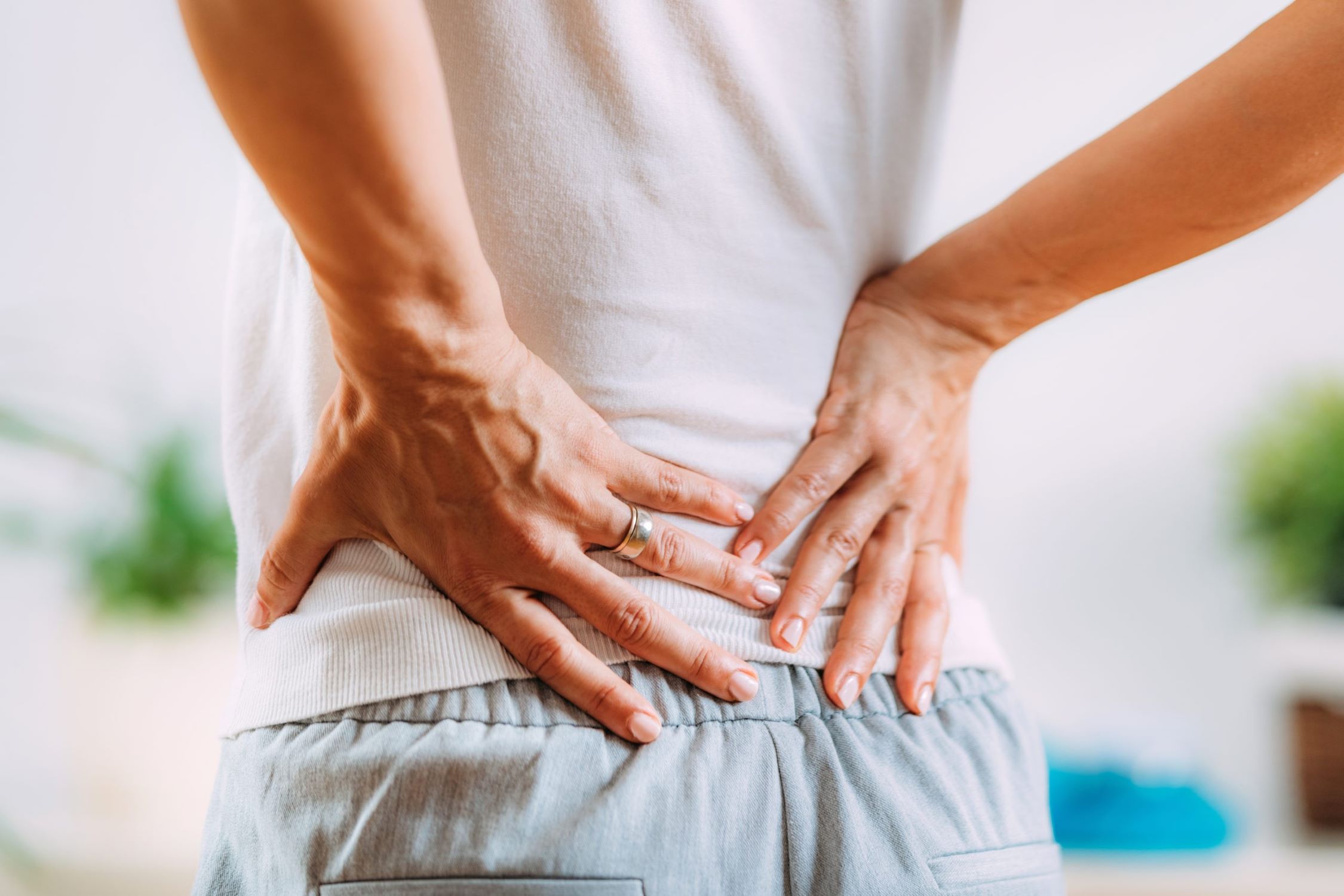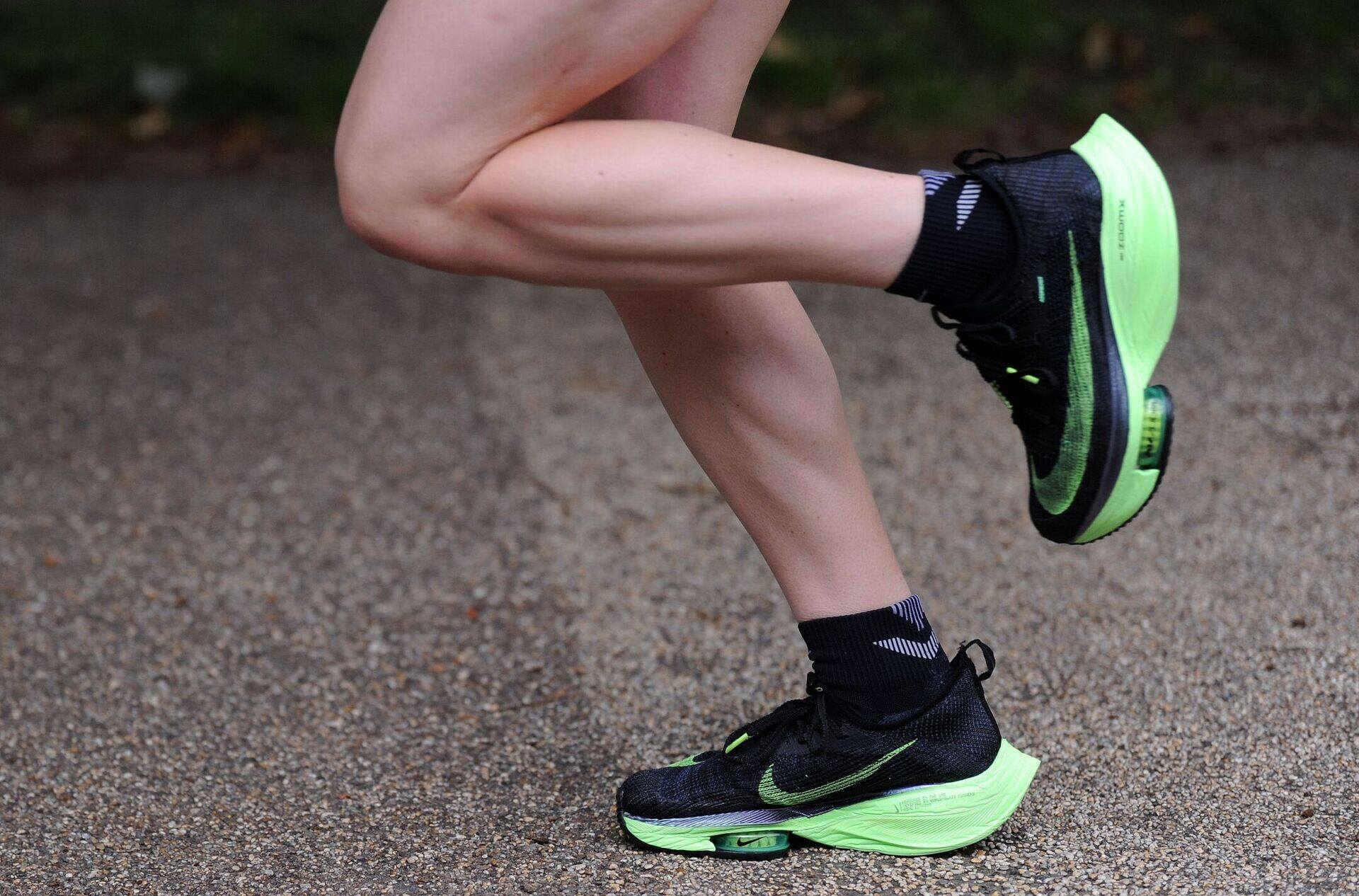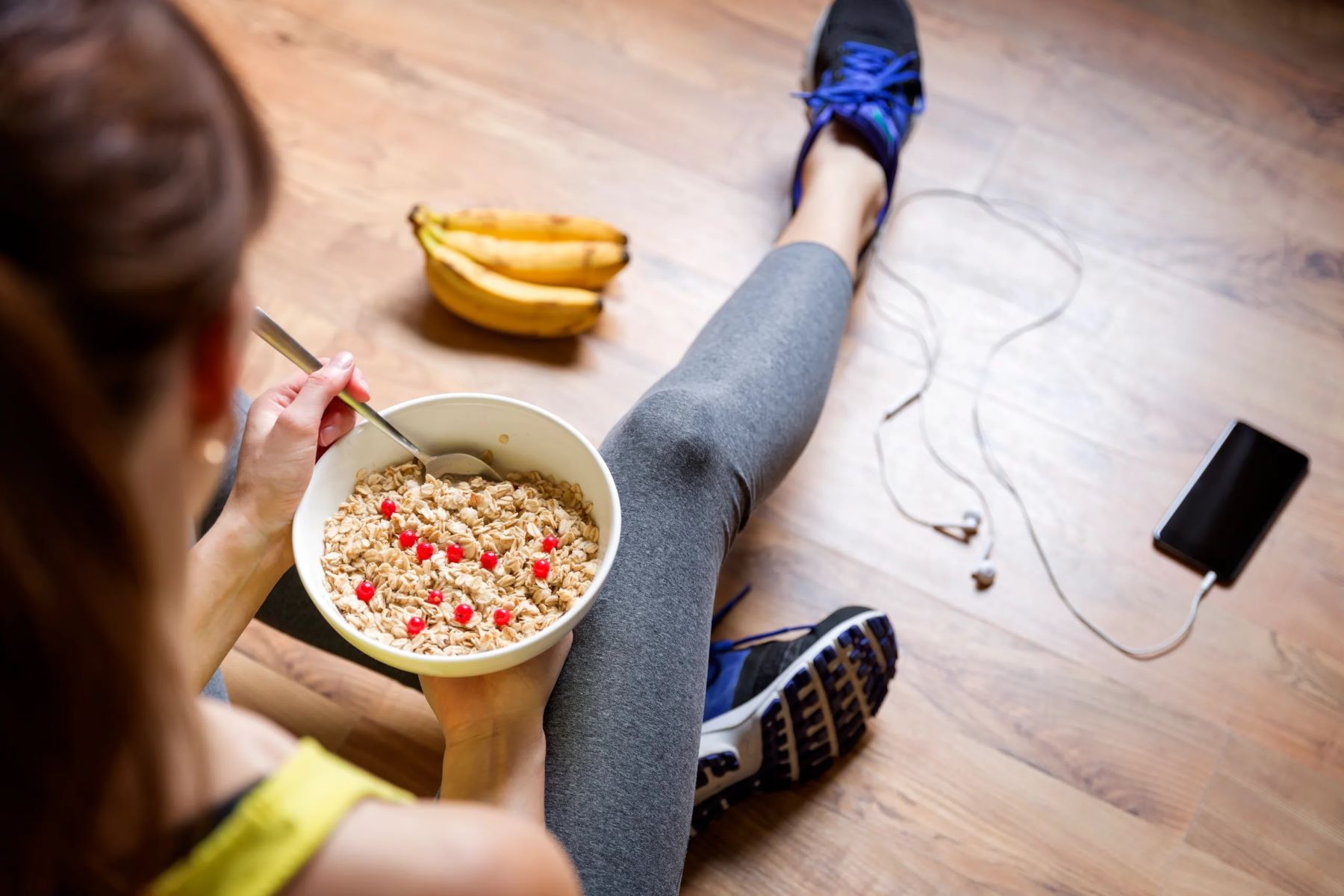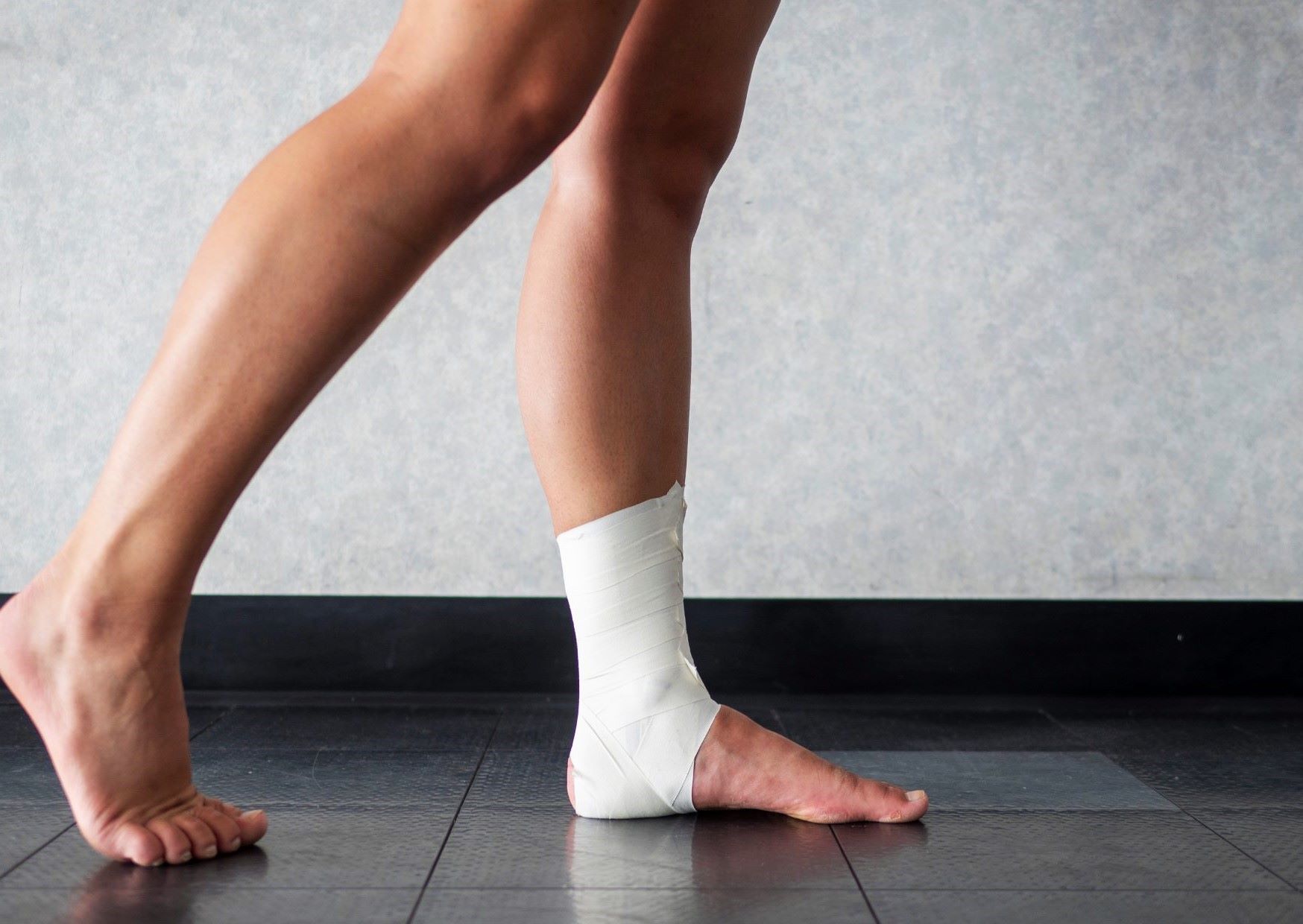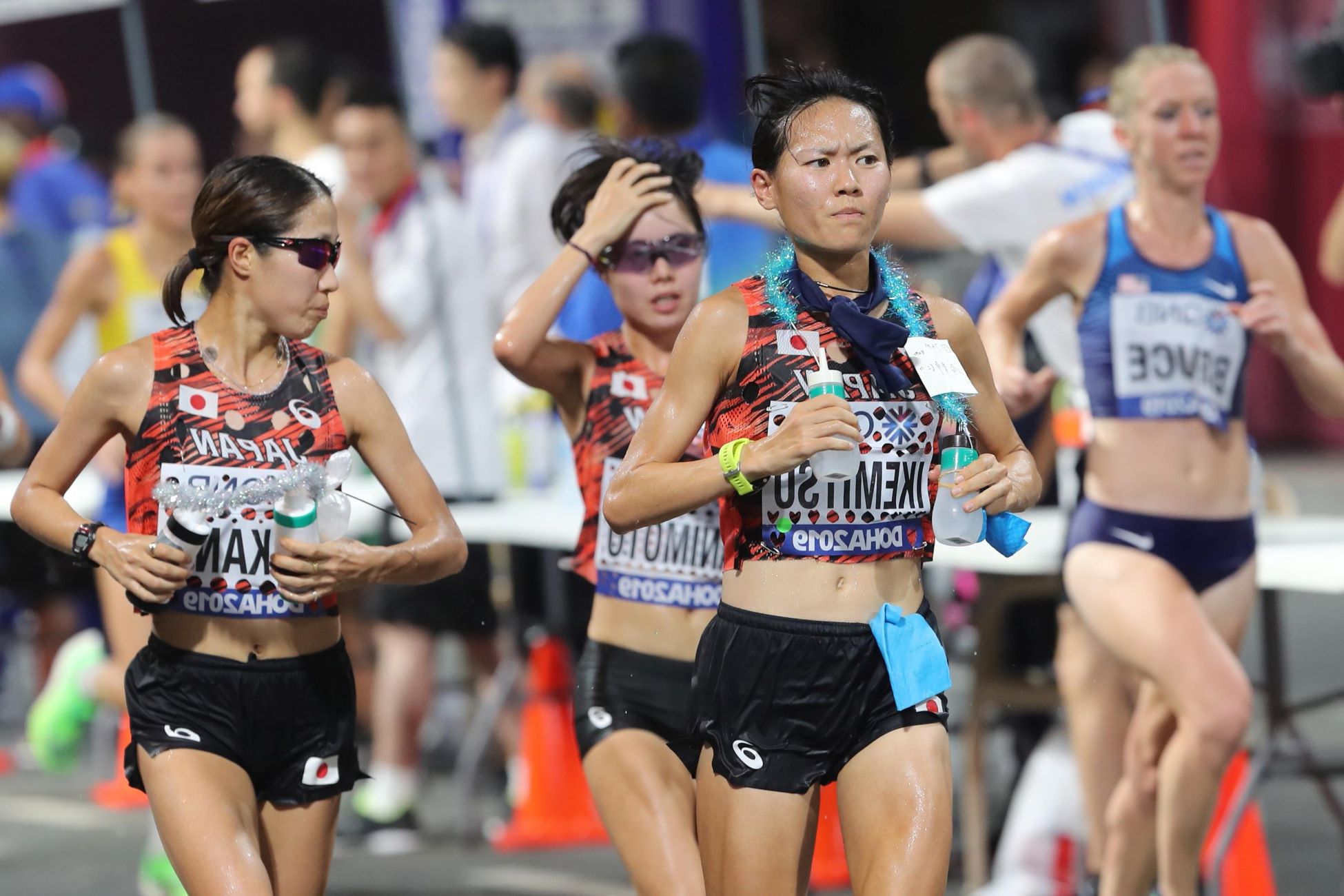Home>Health & Nutrition>Injury Prevention>Running And Bunions: What You Need To Know
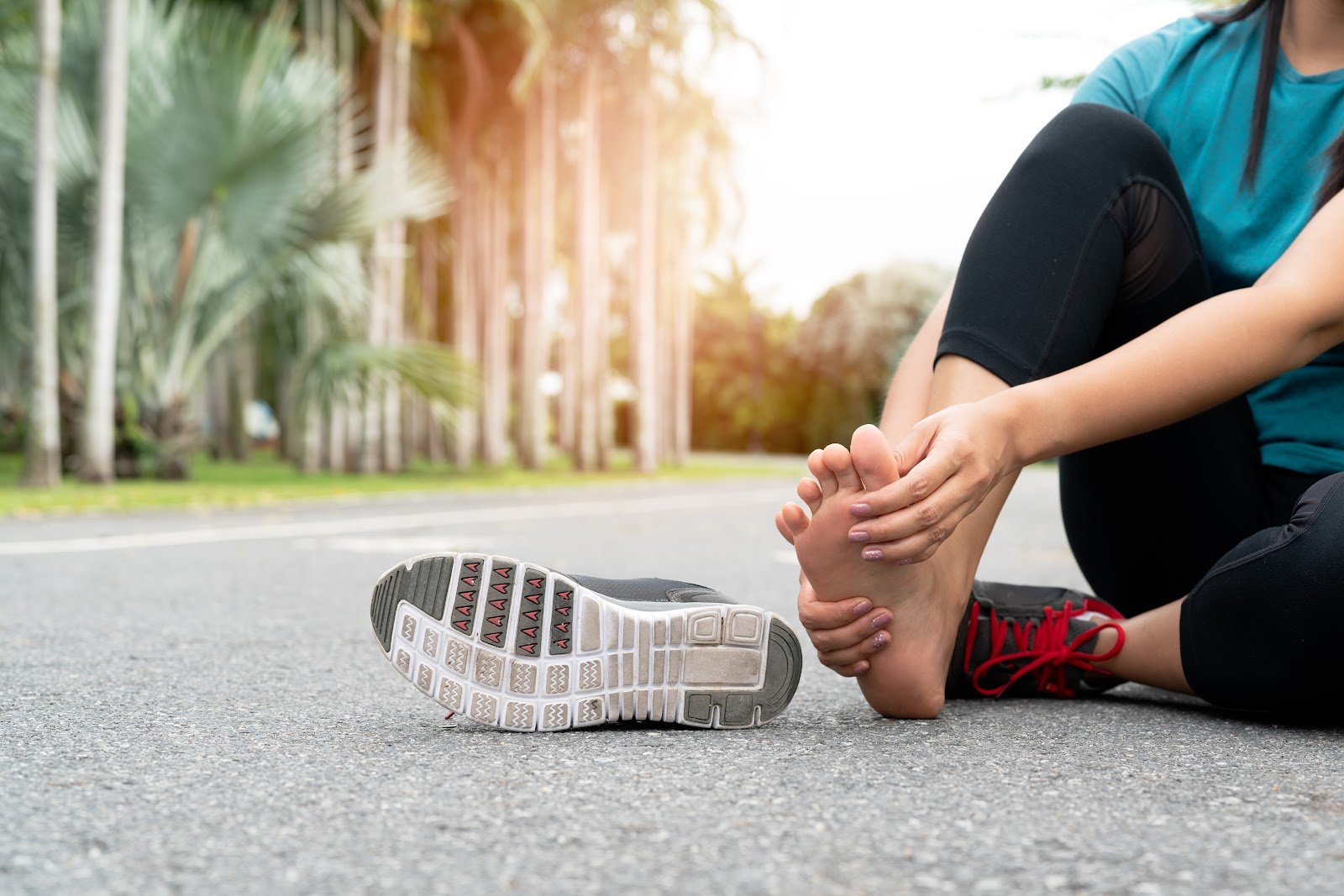

Injury Prevention
Running And Bunions: What You Need To Know
Published: February 9, 2024
Learn how to prevent bunions and other running injuries with our expert tips and advice. Stay injury-free and keep running strong.
(Many of the links in this article redirect to a specific reviewed product. Your purchase of these products through affiliate links helps to generate commission for Therunningadvisor.com, at no extra cost. Learn more)
Table of Contents
Introduction
Running is an exhilarating and rewarding form of exercise that offers numerous health benefits, from cardiovascular improvement to stress reduction. However, for some runners, the development of bunions can pose a significant challenge. Bunions are a common foot condition that can cause discomfort and impact a runner’s performance. In this article, we will delve into the world of running and bunions, exploring the causes, symptoms, and impact of bunions on runners. Additionally, we will discuss effective prevention strategies and treatment options to help runners maintain their passion for running while managing bunions effectively. Whether you’re a seasoned marathon enthusiast or a casual jogger, understanding the relationship between running and bunions is crucial for preserving the joy and benefits of this beloved physical activity.
What are Bunions?
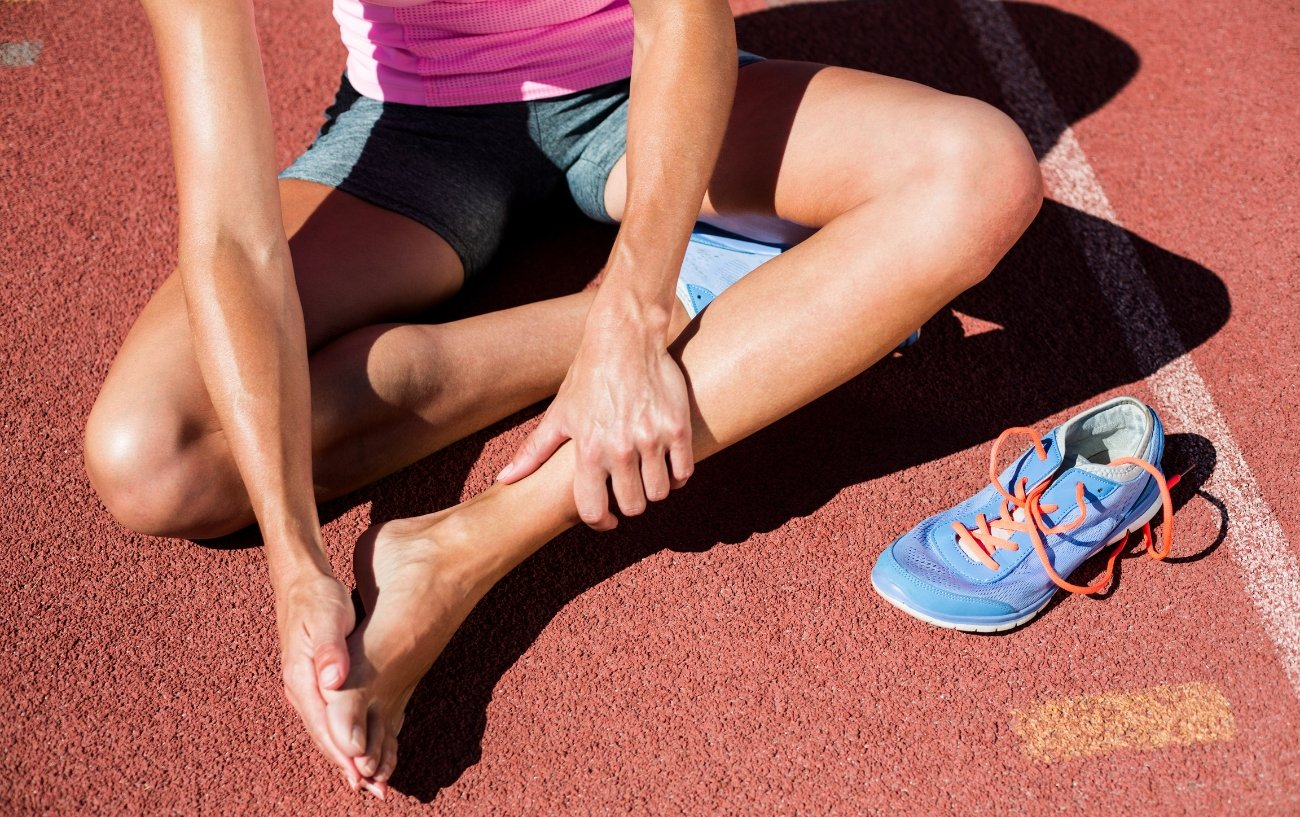
Bunions, medically referred to as hallux valgus, are bony protrusions that form on the joint at the base of the big toe. They develop when the big toe leans excessively towards the second toe, causing the joint to protrude and become enlarged. This condition often results in the displacement of the bones in the foot, leading to a visible bump on the side of the big toe. Bunions can be both painful and visually unappealing, impacting an individual’s mobility and overall foot health.
The development of bunions is often associated with a variety of factors, including genetics, improper footwear, and certain foot deformities. While anyone can develop bunions, they are more commonly observed in women, often attributed to the frequent use of narrow, high-heeled shoes that force the toes into unnatural positions. Additionally, individuals with flat feet or low arches may be more susceptible to developing bunions due to the altered mechanics of their feet.
Bunions can vary in severity, with some individuals experiencing mild discomfort and others enduring significant pain and limited mobility. In advanced cases, bunions can lead to complications such as bursitis, hammertoes, and metatarsalgia, further exacerbating the discomfort and hindering normal foot function.
Understanding the nature of bunions is essential for runners, as the repetitive impact and pressure exerted on the feet during running can exacerbate the condition. By gaining insight into the causes and characteristics of bunions, runners can take proactive measures to prevent their development and effectively manage any existing symptoms.
Causes of Bunions in Runners
Bunions can develop in runners due to a combination of intrinsic and extrinsic factors, all of which can contribute to the misalignment and stress placed on the foot during running. Understanding these causes is crucial for runners aiming to prevent the onset or progression of bunions.
-
Biomechanical Stress: The repetitive impact and pressure exerted on the feet during running can lead to biomechanical stress, particularly on the metatarsophalangeal (MTP) joint at the base of the big toe. This stress can result from improper running form, excessive pronation, or inadequate foot support, all of which can contribute to the development of bunions.
-
Foot Structure and Genetics: Runners with inherited foot structure abnormalities, such as flat feet or low arches, may be predisposed to developing bunions. These structural variations can alter the distribution of weight and pressure on the foot, potentially leading to the misalignment of the big toe and the formation of a bunion.
-
Improper Footwear: Running in ill-fitting or narrow shoes can exacerbate the risk of developing bunions. Tight, constrictive footwear can force the toes into unnatural positions, increasing the likelihood of joint misalignment and bunion formation. Additionally, shoes with inadequate arch support or excessive flexibility can contribute to biomechanical stress on the foot, further heightening the risk of bunions in runners.
-
Overuse and Training Errors: Engaging in excessive or intense running without proper rest and recovery can place excessive strain on the feet, potentially leading to the development or aggravation of bunions. Training errors, such as sudden increases in mileage or intensity, can also contribute to foot stress and increase the likelihood of developing bunions in runners.
-
Inadequate Foot Care: Neglecting proper foot care, including failing to address early signs of discomfort or misalignment, can contribute to the progression of bunions in runners. Ignoring the importance of supportive footwear, foot-strengthening exercises, and regular foot assessments can exacerbate existing foot issues and lead to the development of bunions.
By recognizing these causes, runners can take proactive measures to mitigate the risk of developing bunions. Implementing proper running techniques, prioritizing supportive footwear, and incorporating foot-strengthening exercises into their training regimen can significantly reduce the likelihood of bunions and promote overall foot health.
Symptoms of Bunions
Bunions can manifest a range of symptoms that can vary in severity and impact on an individual’s daily activities. Recognizing these symptoms is crucial for early intervention and effective management of the condition. Common symptoms of bunions include:
-
Pain and Discomfort: One of the primary indicators of bunions is the presence of pain and discomfort, particularly at the base of the big toe. This discomfort can range from mild to severe, often exacerbated by wearing tight or narrow shoes, prolonged standing, or engaging in physical activities such as running. The pain may also extend to the surrounding areas of the foot, including the ball of the foot and the arch.
-
Visible Bump: A noticeable bump on the side of the big toe is a characteristic sign of a bunion. This protrusion occurs as the joint at the base of the big toe becomes misaligned, causing the bone to protrude outward. The prominence of the bump can vary depending on the severity of the bunion and may be accompanied by redness and inflammation.
-
Limited Toe Mobility: As a bunion progresses, the misalignment of the big toe can restrict its normal range of motion. This limitation in toe mobility can impact a runner’s gait and overall foot function, potentially leading to compensatory movements that place additional stress on the foot and lower extremities.
-
Skin Irritation and Calluses: The pressure exerted by the protruding bunion can cause the overlying skin to become irritated and prone to the formation of calluses. These calluses may develop as a protective response to the friction and pressure experienced during running, further contributing to discomfort and potential complications.
-
Difficulty Finding Proper Footwear: Individuals with bunions often struggle to find comfortable and properly fitting footwear. The presence of a bunion can alter the shape and size of the foot, making it challenging to accommodate the bunion while maintaining adequate support and comfort during running activities.
-
Progressive Deformity: In advanced cases, bunions can lead to progressive deformity of the foot, impacting its overall structure and function. This can result in further complications such as hammertoes, bursitis, and metatarsalgia, amplifying the impact of bunions on a runner’s overall foot health and performance.
Recognizing these symptoms is essential for runners to seek appropriate medical evaluation and implement targeted interventions to alleviate discomfort and prevent the progression of bunions. Early recognition and proactive management can significantly mitigate the impact of bunions on running activities, allowing individuals to maintain their passion for running while prioritizing their foot health.
Impact of Bunions on Running
The presence of bunions can significantly impact a runner’s overall performance and enjoyment of the sport. The biomechanical alterations caused by bunions can lead to a cascade of effects that affect a runner’s gait, foot stability, and overall comfort during running activities.
One of the primary impacts of bunions on running is the development of altered gait mechanics. As the big toe becomes misaligned and the joint at its base protrudes, the natural push-off phase of the running gait can be compromised. This can lead to compensatory movements and increased pressure on other areas of the foot, potentially resulting in overuse injuries and discomfort. Additionally, the presence of a bunion can disrupt the normal distribution of weight and force during each step, leading to imbalances that may affect a runner’s overall stability and efficiency.
Furthermore, bunions can contribute to the development of secondary foot issues that can further impact a runner’s performance. The presence of a bunion can lead to the formation of calluses and skin irritation, particularly in areas of increased friction during running. These issues can cause discomfort and may necessitate adjustments in footwear or running techniques to alleviate the associated symptoms.
In more severe cases, bunions can lead to progressive foot deformities, such as hammertoes or bursitis, which can significantly impair a runner’s ability to engage in running activities comfortably. The development of these secondary complications can further exacerbate the impact of bunions on a runner’s overall foot health and performance, potentially leading to prolonged periods of discomfort and limited mobility.
Moreover, the psychological impact of bunions on running should not be overlooked. The presence of a visible bunion and the associated discomfort can affect a runner’s confidence and enjoyment of the sport. The challenge of finding suitable footwear and the fear of exacerbating the bunion during running activities can lead to frustration and a decreased motivation to engage in regular running routines.
Overall, the impact of bunions on running extends beyond physical discomfort, affecting a runner’s gait, foot stability, and psychological well-being. Recognizing and addressing these impacts is crucial for runners with bunions to implement targeted interventions and adjustments that allow them to continue enjoying the benefits of running while effectively managing the challenges posed by bunions.
Prevention and Treatment of Bunions for Runners
Preventing and effectively managing bunions is essential for runners seeking to maintain their foot health and running performance. By implementing proactive measures and targeted interventions, runners can mitigate the risk of developing bunions and alleviate associated discomfort. Additionally, understanding the available treatment options can empower runners to address existing bunions and minimize their impact on running activities.
Prevention Strategies
Proper Footwear Selection
Selecting appropriate footwear is paramount in preventing bunions. Runners should opt for shoes with ample room for the toes, adequate arch support, and a wide toe box to accommodate the natural splay of the foot. Additionally, choosing running shoes with a lower heel-to-toe drop can promote a more natural foot position, reducing the risk of bunion development.
Foot-Strengthening Exercises
Incorporating exercises to strengthen the muscles and ligaments of the feet can enhance foot stability and reduce the likelihood of developing bunions. Toe scrunches, arch lifts, and calf raises can help improve foot strength and support the proper alignment of the toes during running activities.
Gradual Training Progression
Gradually increasing running mileage and intensity can prevent overuse injuries and reduce the stress placed on the feet, lowering the risk of bunion formation. By allowing the feet to adapt to the demands of running, runners can minimize the biomechanical stress that may contribute to the development of bunions.
Regular Foot Assessments
Routine foot assessments by a podiatrist or healthcare professional can aid in early detection of foot issues, including the onset of bunions. Proactive monitoring of foot health allows for timely interventions and adjustments to prevent the progression of bunions.
Treatment Options
Orthotic Inserts
Custom or over-the-counter orthotic inserts can provide additional support and alignment for the feet, potentially alleviating discomfort associated with bunions. These inserts can help distribute pressure more evenly across the foot and promote proper foot mechanics during running.
Footwear Modifications
Modifying footwear by using bunion pads or toe spacers can reduce friction and pressure on the affected area, offering relief and minimizing the progression of bunions. Additionally, selecting shoes with a wider toe box and adequate cushioning can enhance comfort and reduce the impact of bunions on running activities.
Physical Therapy
Engaging in physical therapy sessions focused on foot strengthening and flexibility can improve foot mechanics and reduce the strain on the affected area. Physical therapists can provide targeted exercises and techniques to address the underlying biomechanical issues contributing to bunions in runners.
Surgical Intervention
In cases where conservative measures are ineffective, surgical intervention may be considered to correct severe bunions. Runners should consult with a qualified orthopedic surgeon to explore surgical options and understand the potential impact on their running activities.
By integrating these prevention strategies and treatment options into their running routine, individuals can effectively manage bunions and minimize their impact on their foot health and running performance. Prioritizing proactive measures and seeking appropriate interventions can empower runners to continue enjoying the benefits of running while effectively addressing the challenges posed by bunions.
Conclusion
In conclusion, the relationship between running and bunions underscores the importance of proactive foot care and targeted interventions to preserve foot health and running performance. Bunions, characterized by the misalignment and protrusion of the big toe joint, can significantly impact a runner’s gait, stability, and overall comfort during running activities. The causes of bunions in runners, including biomechanical stress, foot structure, improper footwear, overuse, and inadequate foot care, highlight the multifaceted nature of this condition and the need for comprehensive prevention strategies.
Recognizing the symptoms of bunions, such as pain, visible bump, limited toe mobility, skin irritation, and difficulty finding proper footwear, is crucial for early intervention and effective management. Moreover, understanding the impact of bunions on running, encompassing altered gait mechanics, secondary foot issues, and psychological implications, emphasizes the need for targeted interventions to mitigate the challenges posed by bunions.
Prevention strategies, including proper footwear selection, foot-strengthening exercises, gradual training progression, and regular foot assessments, offer runners proactive measures to reduce the risk of developing bunions. Additionally, exploring treatment options such as orthotic inserts, footwear modifications, physical therapy, and surgical intervention provides individuals with effective avenues to address existing bunions and minimize their impact on running activities.
By integrating these prevention strategies and treatment options into their running routine, individuals can effectively manage bunions and prioritize their foot health while continuing to enjoy the benefits of running. The proactive approach to foot care and the recognition of the interplay between running and bunions empower runners to take control of their foot health and make informed decisions to support their running endeavors.
Ultimately, the journey of running with bunions underscores the resilience and determination of individuals to overcome challenges and pursue their passion for running. By embracing proactive foot care practices and seeking appropriate interventions, runners can navigate the complexities of bunions while maintaining their commitment to a healthy and active lifestyle.


